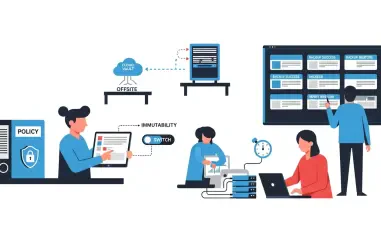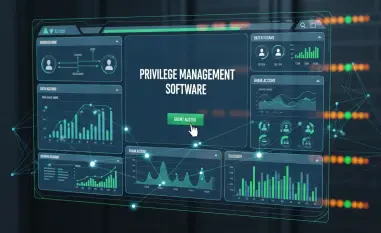With cyber threats becoming increasingly sophisticated, the ability to safeguard digital environments is vital, and one aspect stands out—social engineering. Enter Rachel Tobac, a formidable ethical hacker whose insights into social engineering offer a valuable roadmap for strengthening cybersecurity measures. Tobac’s expertise highlights how the deceptive use of social engineering tactics can pose serious risks, making it crucial for organizations to adopt effective defenses.
The Critical Role of Best Practices
Implementing best practices is paramount in reinforcing cybersecurity frameworks across organizations. These practices serve multiple purposes, such as securing sensitive information, optimizing security-related costs, and heightening the resilience of organizations against potential breaches. By adhering to well-defined strategies, businesses can significantly reduce the likelihood of successful cyberattacks. Informed best practices transform cybersecurity from a reactive to a proactive endeavor, ensuring ongoing threat management.
Structured approaches further provide the basis for continuous improvement in cybersecurity tactics. When methods are consistently evaluated and updated, organizations can adapt to emerging threats, optimizing their response plans. Moreover, by embedding these practices into the corporate culture, businesses not only strengthen their defenses but also instill trust among stakeholders, a critical component in this digital age.
Actionable Best Practices for Social Engineering
Understanding the Psychological Principles
A comprehensive understanding of psychological principles is a cornerstone in developing strong defenses against social engineering. Robert Cialdini’s established principles of persuasion—reciprocity, commitment, social proof, authority, and scarcity—serve as a guide to recognizing manipulation tactics. Ethical hackers like Tobac explore these principles to devise countermeasures that turn potential weaknesses into points of strength. By anticipating and preparing for these tricks, both individuals and organizations can diminish potential risks posed by bad actors.
In security breaches, principles like reciprocity and social proof are often exploited. For example, an attacker might present a seemingly genuine favor, hoping to elicit a return action that grants them access to confidential information. By educating employees on these tactics, organizations can thwart attempts that prey on natural human inclinations, reducing the efficacy of social engineering attacks.
Utilizing Open-Source Intelligence (OSINT) Effectively
Open-source intelligence (OSINT) is a key tool for ethical hackers employing social engineering techniques. By collecting publicly available data, security professionals can identify vulnerabilities within an organization’s digital infrastructure. OSINT’s strategic application in security testing not only reveals potential attack vectors but also strengthens security protocols. Recognizing and rectifying these vulnerable points is essential in maintaining a robust security posture. Ethical practices in OSINT ensure that the gathered information is used constructively to reinforce security systems, rather than exploit them for malicious purposes.
One example of OSINT’s application is during corporate security assessments. By analyzing publicly available corporate information, security professionals can simulate realistic attack scenarios, providing invaluable insights into a company’s readiness against social engineering threats. Not only does this approach safeguard critical data, but it also fosters a proactive security culture aimed at minimizing future risks.
Conclusion and Practical Advice
The insights derived from Rachel Tobac’s expertise stress the need for a multifaceted approach to cybersecurity that addresses both technical and human factors. Organizations should actively incorporate social engineering defenses into their security strategies, prioritizing employee education and awareness. By utilizing psychological principles and OSINT methods thoughtfully, businesses can construct formidable barriers against potential attacks. As the cybersecurity landscape evolves, embracing these best practices will empower organizations to navigate increasingly complex threat environments. Adopting these strategies has transformed how companies view cybersecurity, shifting the focus from mere protection to anticipation and prevention.













